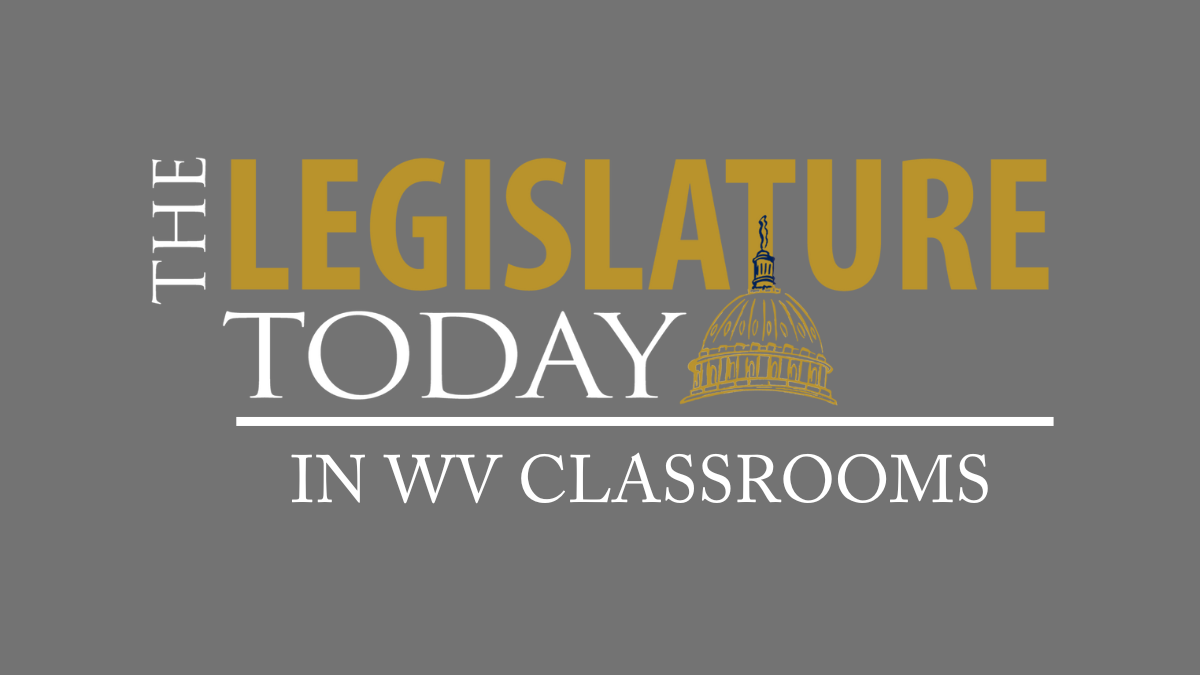The first set of West Virginia lawmakers will begin to take up the once-each-decade process of redistricting this week.
A pair of meetings — one in the West Virginia House of Delegates and another from the Senate — come after months of pandemic-related census delays and more than a dozen public hearings on the issue.
Members of the House and Senate’s respective committees will gather Thursday to begin considering maps put forth by each panel. A Joint Committee on Redistricting spent much of the late summer seeking public input.
The House Redistricting Committee will begin work at 9 a.m. Thursday with presentations from Chief Counsel Dan Greer and Committee Analyst Jeff Billings. The committee will also get the chance to look at proposed congressional and state house maps.
West Virginia is losing one seat in the U.S. House of Representatives — and a single electoral vote — following the 2020 census. As a result of legislation in 2018, the state House of Delegates will move from 100 members spread across 67 districts to 100-single member districts.
The Senate committee will also take up some of their own proposed maps, likely focusing on congressional redistricting first.
During an organizational meeting last week, Sen. Eric Tarr, R-Putnam, suggested the panel tackle federal-level redraws before the more complex state-level districts.
“I would like to see us do [the congressional districts] first and go through what should be an easier process I would expect, technologically, that we’re dealing with — as we go through possible amendments and those things, as well, to see the time it takes,” Tarr said. “So, I would suggest that we do the congressional districts first.”
Other members of the committee, including Sen. Dave Sypolt, R-Preston, agreed.
As of Wednesday night, the Legislature’s website shows Tarr, Sypolt, Sen. Charles Trump, R-Morgan, and Sen. Glenn Jeffries, D-Putnam, as the only members from the upper chamber’s nine-member redistricting committee to submit maps for consideration ahead of Thursday’s meeting.
Trump, who chairs the Senate committee, proposed eight configurations for the state’s soon-to-be two congressional districts. Jefferies offered two maps, while Tarr and Sypolt proposed one each.
No senators submitted a proposed map dividing the state’s geography to determine new districts in the West Virginia Senate.
After each committee adopts maps, the proposal will move to the full House and Senate in a special session of Legislature, with the new boundaries needing the approval of both sides.
While there is no constitutionally mandated deadline to complete the process, state election law dictates those running for office must reside in their new district for one year prior to an election — putting a de facto deadline for maps to be approved by Nov. 8.
After a public hearing in Parkersburg this month, Trump told West Virginia Public Broadcasting he expects lawmakers to meet that timeline.
“I don’t want to engage in negative thinking,” Trump said about the looming deadline. “If the Legislature is able to — in the second and third weeks of October — enact maps that the governor will sign into law, then I think everything can run its normal course.”























